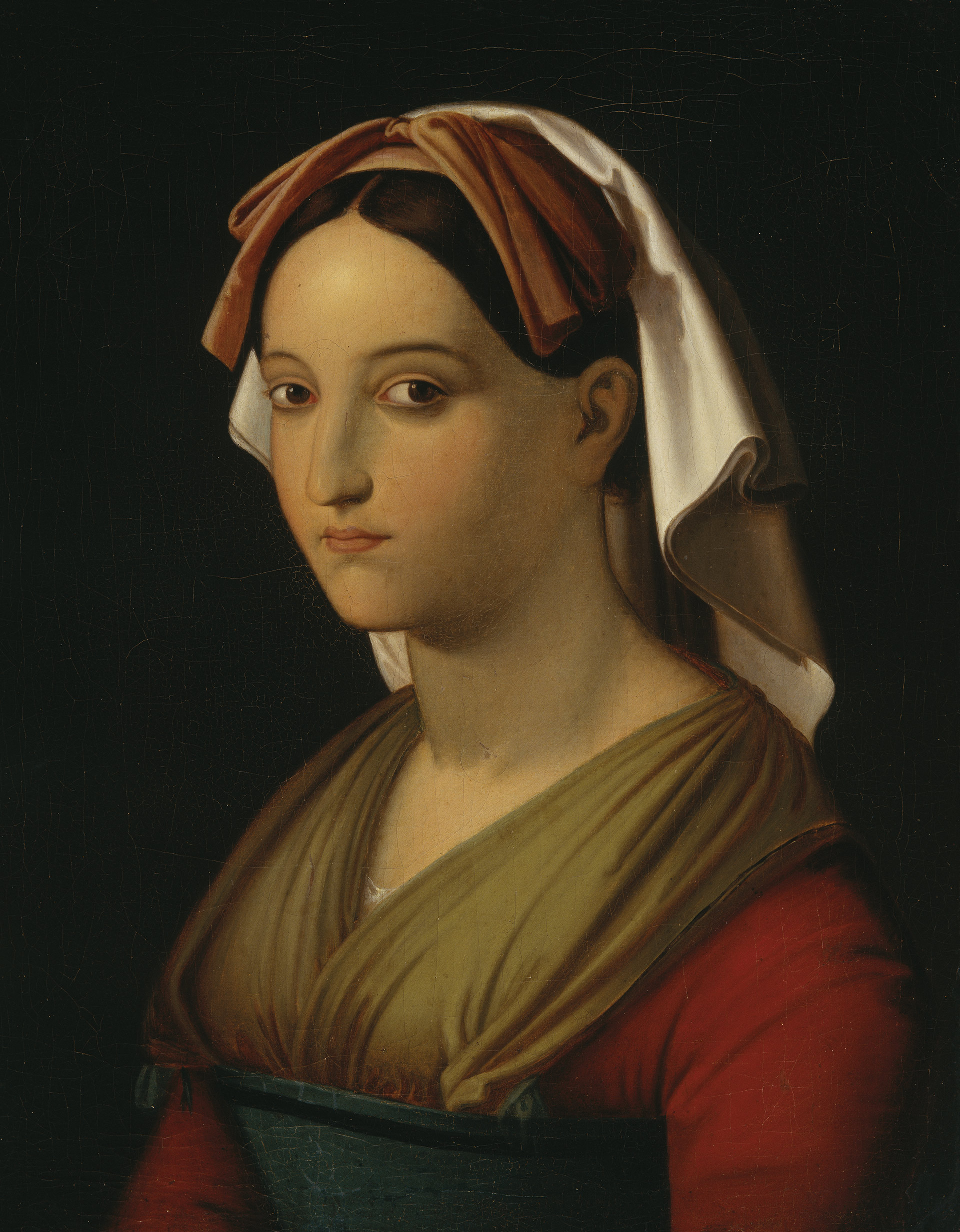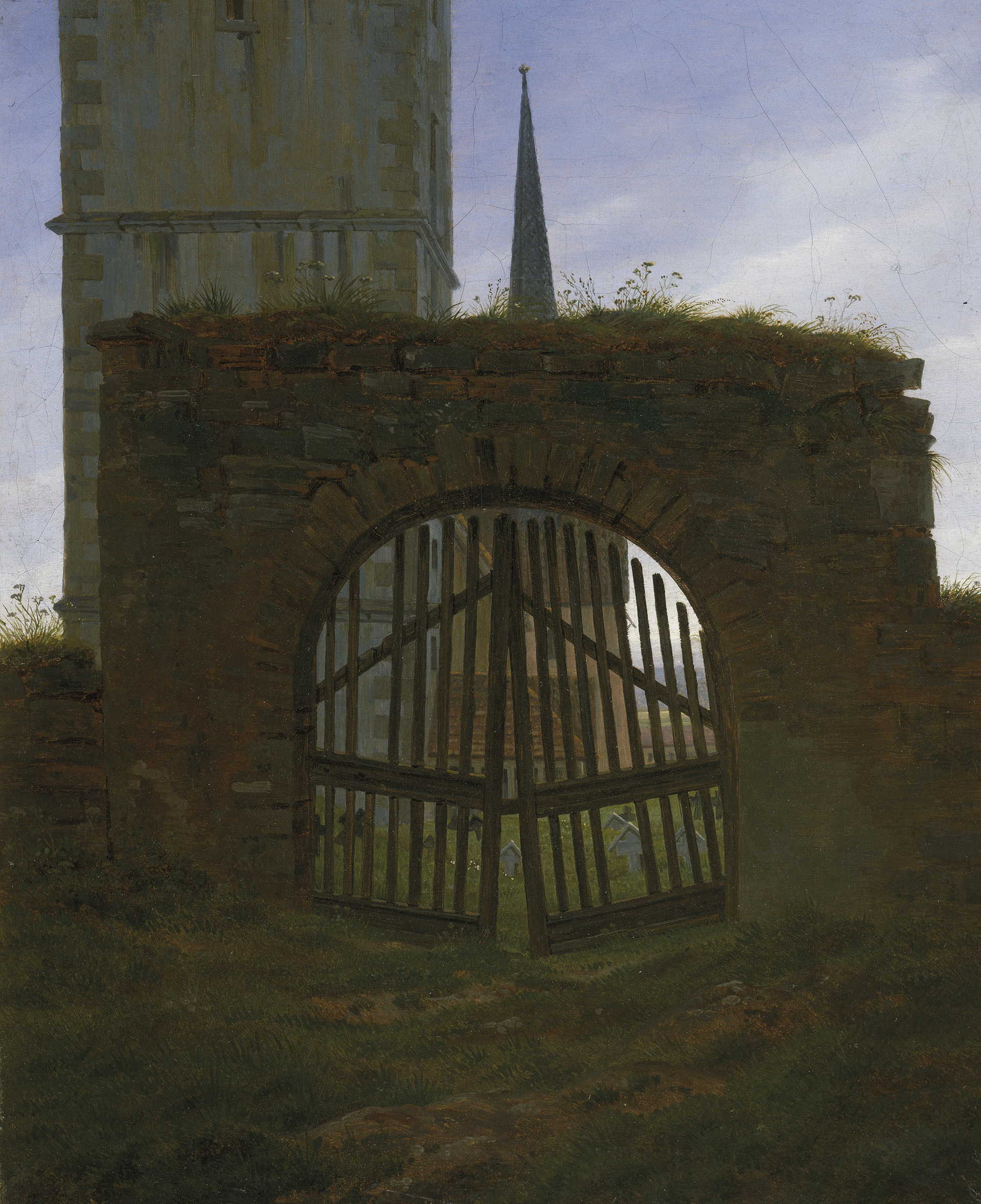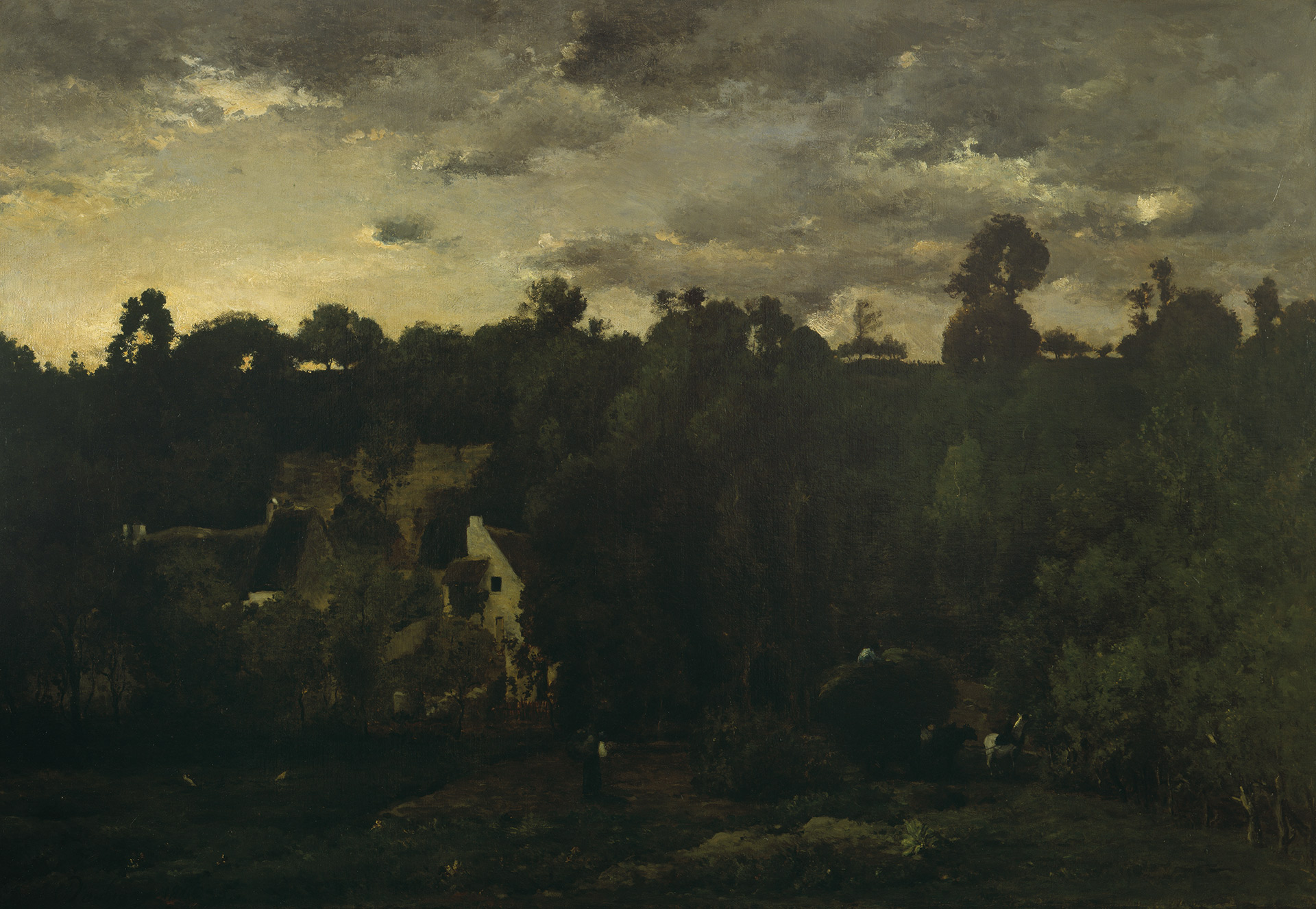From Classicism to Romanticism
Gallery 305
This gallery illustrates the development of German and French art from late Neoclassicism to Romanticism. At the core of this section are the diverging French and German concepts of these movements. The treatment of literary subjects and exploration of extreme states of mind in French Romanticism contrast with the German artists’ quiet observation of nature, reflection on mortality, and admiration for the classical ideal of the Mediterranean.
The Nazarene painters (called so because they dressed up like Jesus and wore long hair) Johann Friedrich Overbeck and Markus Theodor Rehbenitz did not seek classical Rome but biblical stories in the style of Raphael to which they sought proximity. They also aimed to live their spiritual life in community and so, starting in 1810, Overbeck and Rehbenitz lived together in the monastery San Isidoro in Rome.
In the context of nineteenth-century French Art, the village of Barbizon is associated with the development of plein air painting. The term “Barbizon School” referred not to a specific group or academy, but to a collection of artists who from 1820 onward began to visit Barbizon, on the edge of the Fontainebleau forest. In the 1860s a new generation arrived—the young Impressionists Pierre-Auguste Renoir, Claude Monet, and Camille Pissarro— who evolved their own light-based painting from the open-air painting of the first generation.
Eugène Delacroix, regarded as the leader of the French Romantic School is well represented in the Kunsthalle Bremen’s collection. His Germanic counterparts, including Carl Gustav Carus, Johan Christian Clausen Dahl, Caspar David Friedrich, and Friedrich Nerly, formulated, in the period around 1800, an exciting interrelationship between landscape painting and science. Science, art, and aesthetics were intimately connected, as demonstrated by Johann Wolfgang von Goethe’s writings on geology and by the Nine Letters on Landscape Painting by the polymath Carus. Friedrich hoped that landscape painting, which could convey its message even without an explanation, would take the place of religious history painting. He used the symbolic perspective of foreground and background to represent tangible nearness and invisible distance.





